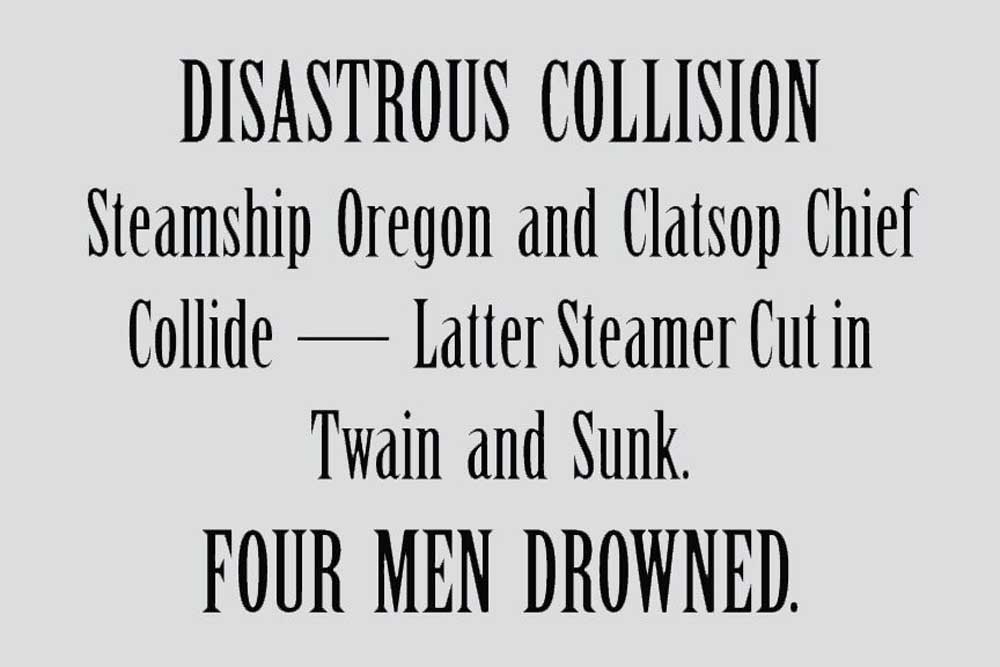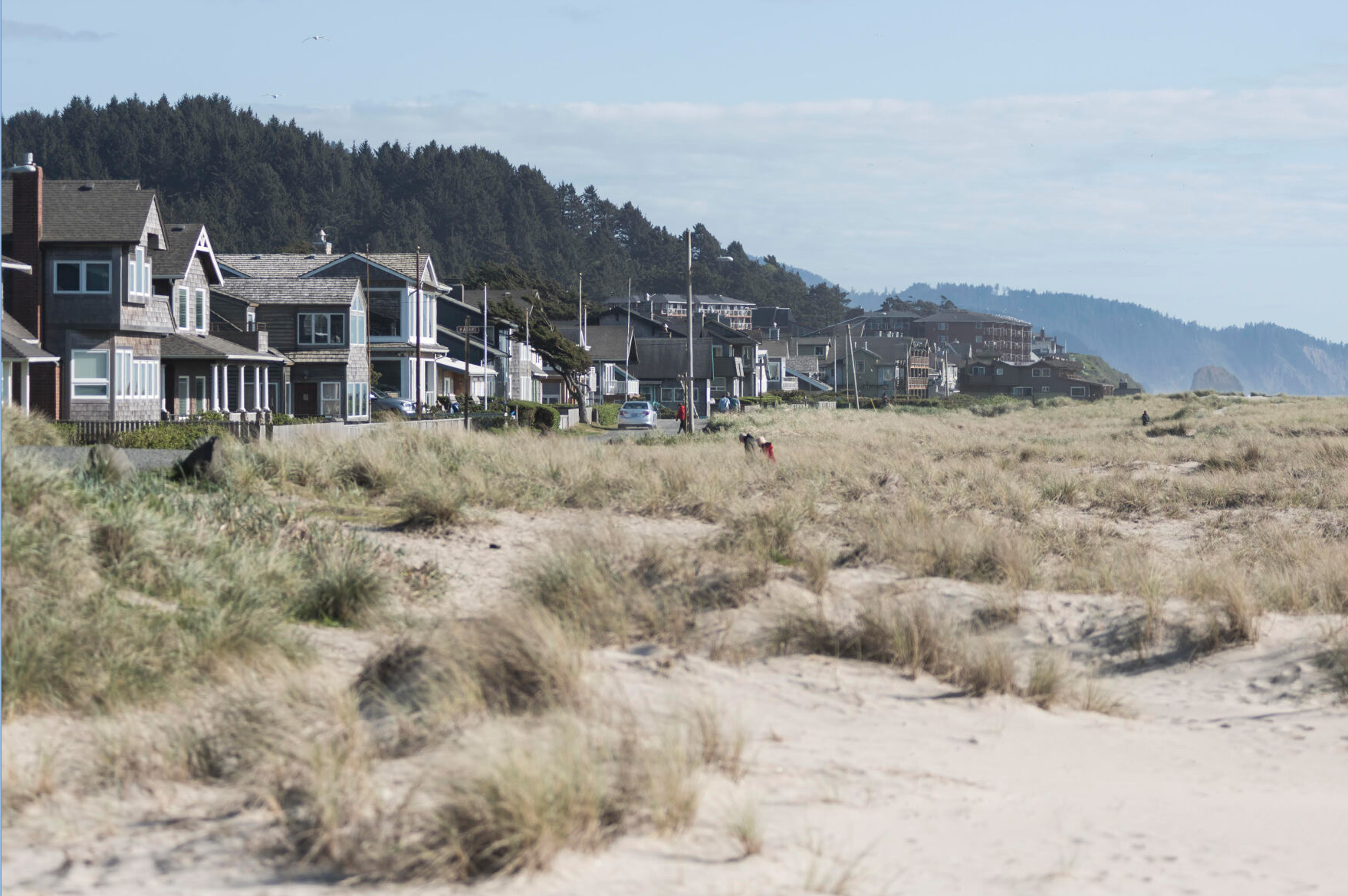In One Ear: Poor judgment
Published 12:15 am Thursday, February 27, 2025

- Ear: Chief
The Daily Astorian, March 2, 1881, reported a deadly collision that occurred on the Columbia River around 8:15 p.m. Feb. 28, about 10 miles north of St. Helens.
Trending
The steam-tug Clatsop Chief’s master, Capt. William E. Mitchell, said his vessel, with signal lights on, was towing a scow and heading downriver, and the steamship Oregon was steaming upriver, when the collision occurred. Mitchell decided to go on the port side of the Oregon, but said the Oregon signaled that he should go on the starboard side, instead.
Mitchell turned the wheel hard to comply, but before he could get past the Oregon’s bow, the Oregon hit the scow midship, cutting it in half “like a knife,” then plowed into the Clatsop Chief, cutting it almost in half.
The Oregon had, indeed, sounded its alarm when a collision was imminent (which was probably the “signal” Mitchell thought he heard) and tried to avoid hitting the Clatsop Chief by reversing her propeller, but the forward momentum was far too great to stop in time.
Trending
Both the Clatsop Chief and the scow filled quickly with water and sank. Thirteen men wound up in the river. Lifeboats sent out from the Oregon could only save nine.
According to Lewis & Dryden’s Marine History of the Pacific Northwest, one of the survivors was the engineer of the Clatsop Chief, W. S. Holmes, who escaped the sunken vessel by following the steam pipes from the engine room to the gangway, then along the timbers until he could reach the door, open it and get to the surface.
On March 3, the newspaper placed the blame for the collision on the Clatsop Chief captain’s clear “lack of judgment” for cutting across the Oregon’s bow.









